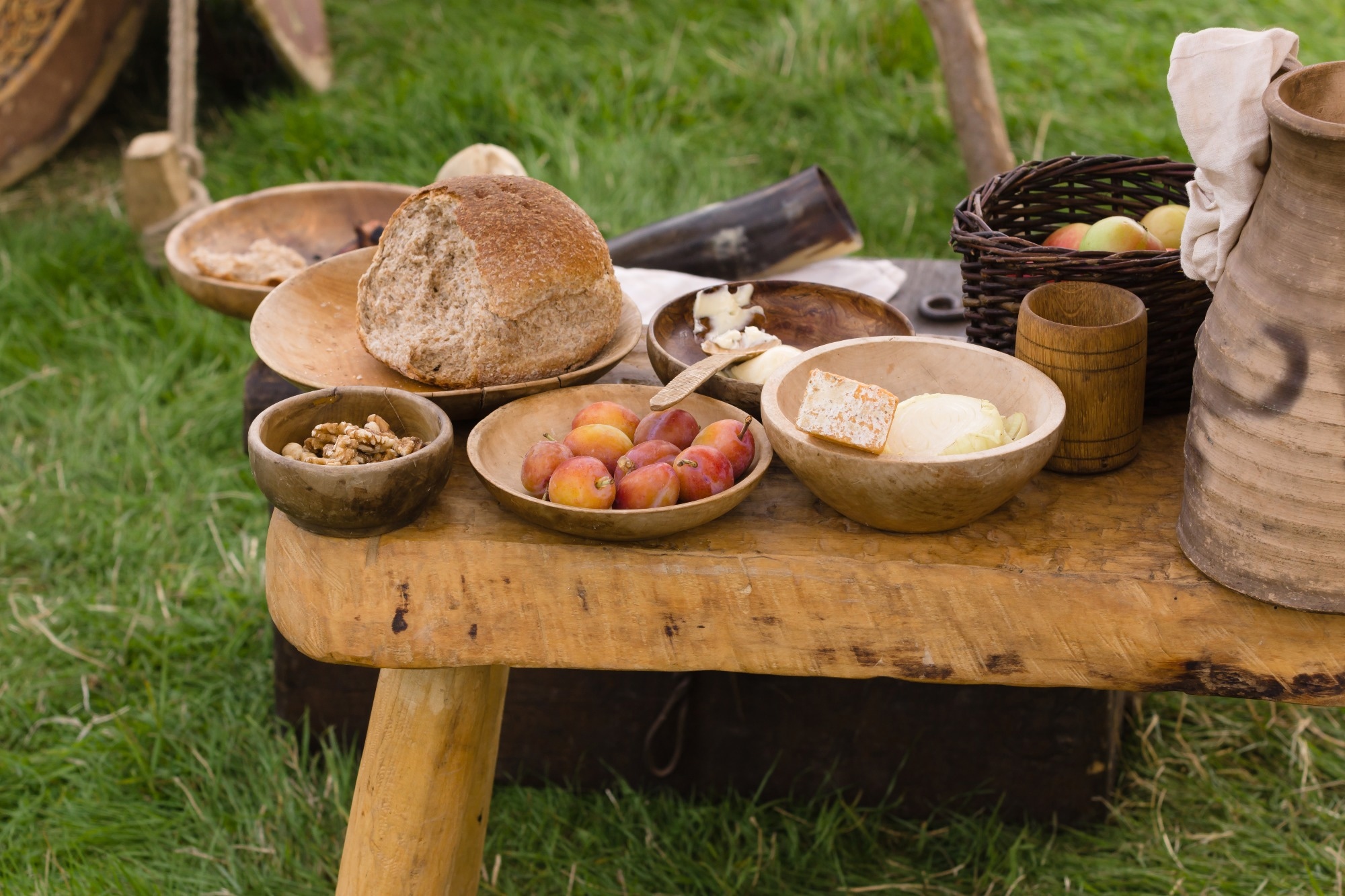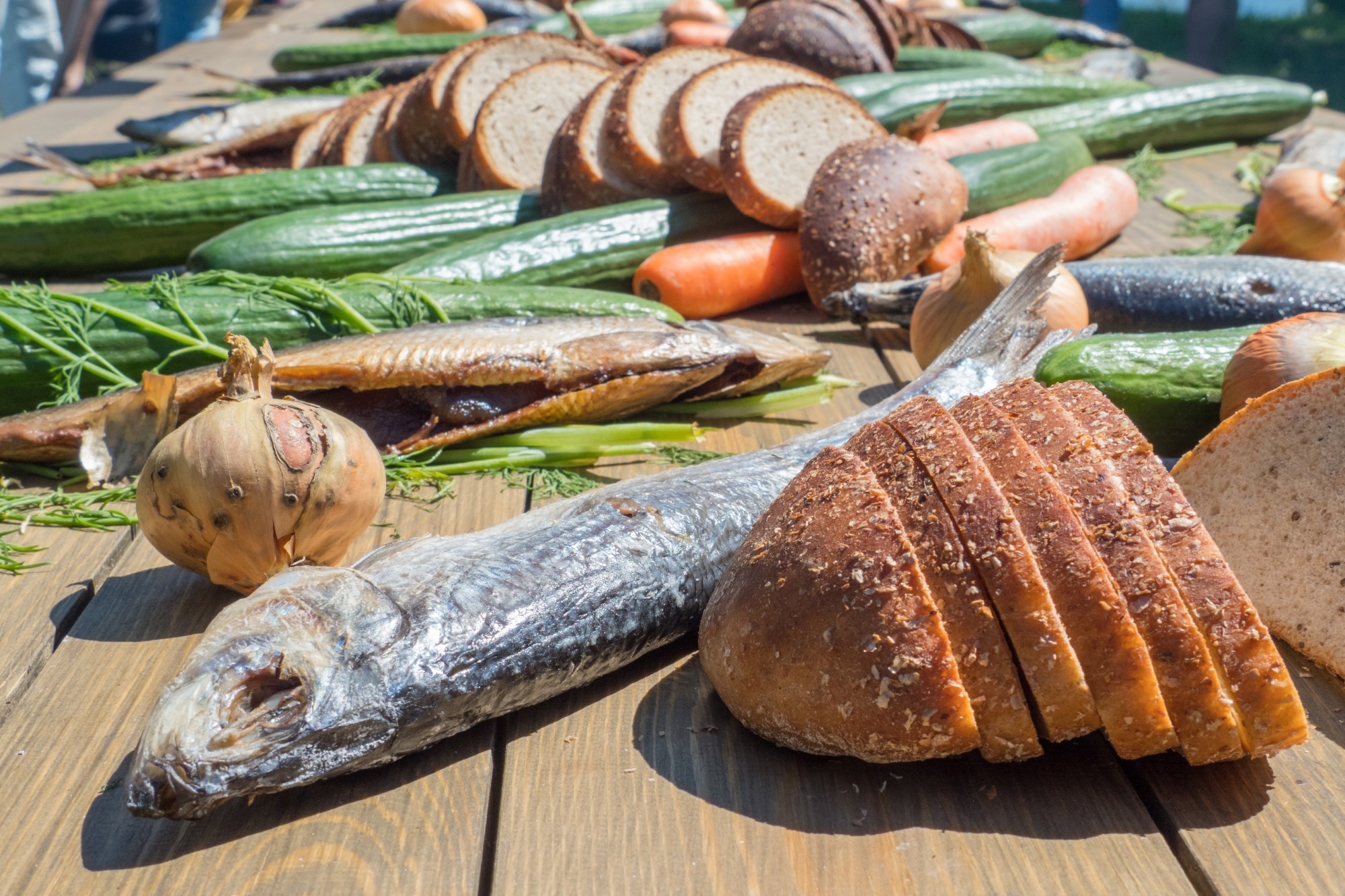Introduction
Brief history
A 'balanced' diet
External factors
What was grown during the Viking era?
Historical reflection
Meat
Fermented meats
Vegetables
A diet lost in time
References
Further reading
The Viking diet has become popular among many people and, in some areas, even corrected the statistics of the incidence of heart attack and senile dementia for the better.
Scientists have studied one of the most fashionable diets of the 21st century, and some have even concluded that it is time for Mediterranean cuisine to make room on the pedestal of a healthy diet.

Image Credit: David Pimborough/Shutterstock
Brief history
In 1960, the region of North Karelia in Finland had the most significant number of people with cardiovascular disease. After 12 years, specialists from the Finnish Nutrition Institute developed a program to improve the nation and called it "North Karelia."
In 2012, it turned out that the death rate from heart attack and stroke in Finland decreased by eight times. It was this program that later became known as the Viking diet.
The goal of the North Karelia program was to reduce animal fats in the diet of Finns and increase vegetable fats. First, the fields of Finland were sown with rapeseed. It was rapeseed oil that became the primary source of vegetable fats. =
A 'balanced' diet
Vikings had a varied and rich diet of wild and domestic meats, fruits, crops, poultry, fish, and other food they could grow, harvest, or hunt. Therefore, it is not surprising that their diet was much better and more varied than in other parts of medieval Europe.
However, studies of the contents of ancient drains and cesspools have shown that the Vikings often suffered from intestinal worms and other parasites. In addition, for reasons unknown, toxic herbs were also found in their stomachs.
External factors
The Scandinavian climate, lifestyle, and long periods of isolation have significantly contributed to the Viking diet. There has always been a long, dark, and cold winter. Survival in the winter primarily depended on food supplies saved during the short-growing, warmer seasons.
What was grown during the Viking era?
The most important crop grown was barley. Wheat, rye, and buckwheat were also among the cultivated plants. The cereals of the Viking Age looked a little different than they do now - they had more of the stalk and less of the grains themselves.
Grain grew very well and is a product that can be efficiently stored for the winter. It is not difficult to see - it is easy to show that the Vikings used grain (or the flour made from it) in most dishes: in porridge, in stews, as a side dish for meat, and in bread.

Image Credit: Igor Shoshin/Shutterstock
Historical reflection
Here is an excerpt from the Egils Skallagrimssonar (famous Viking poet) saga:
Skallagrim was also a good carpenter. To the west of Myrar he built another farm in Alftaness, his people went fishing and hunting and collecting wild bird eggs, and lots of other tasty things.
Whales often got stuck close to the shore, it was easy to shoot them, since they and other animals rarely saw people and were not afraid of them.
There were also some offshore islands where whales were washed up, so they were called whale islands. Skallagrim's people went up the rivers for salmon, many settled on the banks of the river Gljufur and were engaged in fishing".
Meat
Meat from beached whales made up a significant part of the Viking diet. So scientists have examined ancient, petrified garbage heaps to determine what animal bones they contain while rereading the sagas and Eddas to determine the culinary habits of these people.
It turned out that the Vikings did not fry meat but boiled it. In lower latitudes, they consumed the flesh of domesticated pigs, goats, sheep, horses, and other cattle. Most often, cows were bred for meat and milk.
Fermented meats
Fermenting meat may seem strange, but for some traditional Scandinavian products, the technology invented by the Vikings is still used in modern times. In Iceland, these are hakarl (fermented shark) and surströmming (fermented herring) in northern Sweden.
Hakarl is considered terrible food by the uninitiated in the secrets of Norwegian gourmet food. The shark itself is venomous and can only be eaten after elaborate processing. The shark is placed in a small hole covered with sand and gravel. Stones are placed on top, which are pressed so that liquid comes out of the shark.

 Read Next: What is a DNA Diet?
Read Next: What is a DNA Diet?
Vegetables
Vegetables were also grown locally. Individual comrades grew green peas, horse beans (horse beans), garlic, angelica, hops, parsnips, and carrots. Eggs, milk, meat, and fat for everyday cooking were obtained from birds and cattle, the same species bred today.
Only they were smaller - well, the movement of young Michurinians did not flourish among the Vikings. The meat of domestic animals was not included in the daily diet, so fish, egg, poultry and game were welcomed as a pleasant addition to the porridge.
A diet lost in time
Although detailed 'Viking recipes' or 'Viking diets' have not survived to this day, there are books that could help in this matter. One of them (translated by Mark Grant) is Antimius' book "Keeping the Laws of the Kitchen".
References
- Rob Hincks, "Swedish semla: more than just a bun Archived 2011-06-06 at the Wayback Machine", Retrieved on 17.09.2022
- D'Amato, Raffaele (2010). The Varangian Guard. Osprey Publishing.
- Brink, Stefan (2008). "Who were the Vikings?". In Brink, Stefan; Price, Neil (eds.). The Viking World.
- Hall, Richard Andrew (2007). The World of the Vikings. Thames & Hudson.
Further Reading
Last Updated: Sep 28, 2022